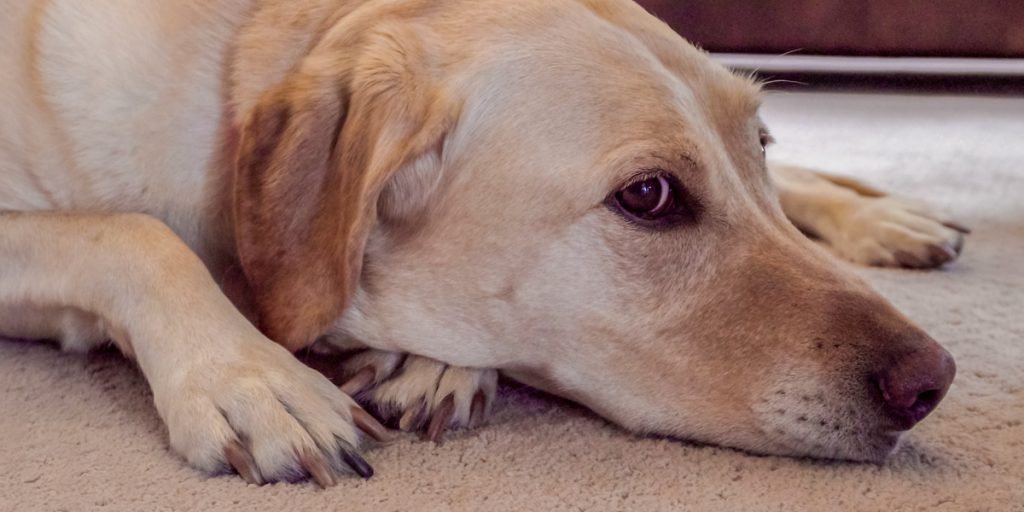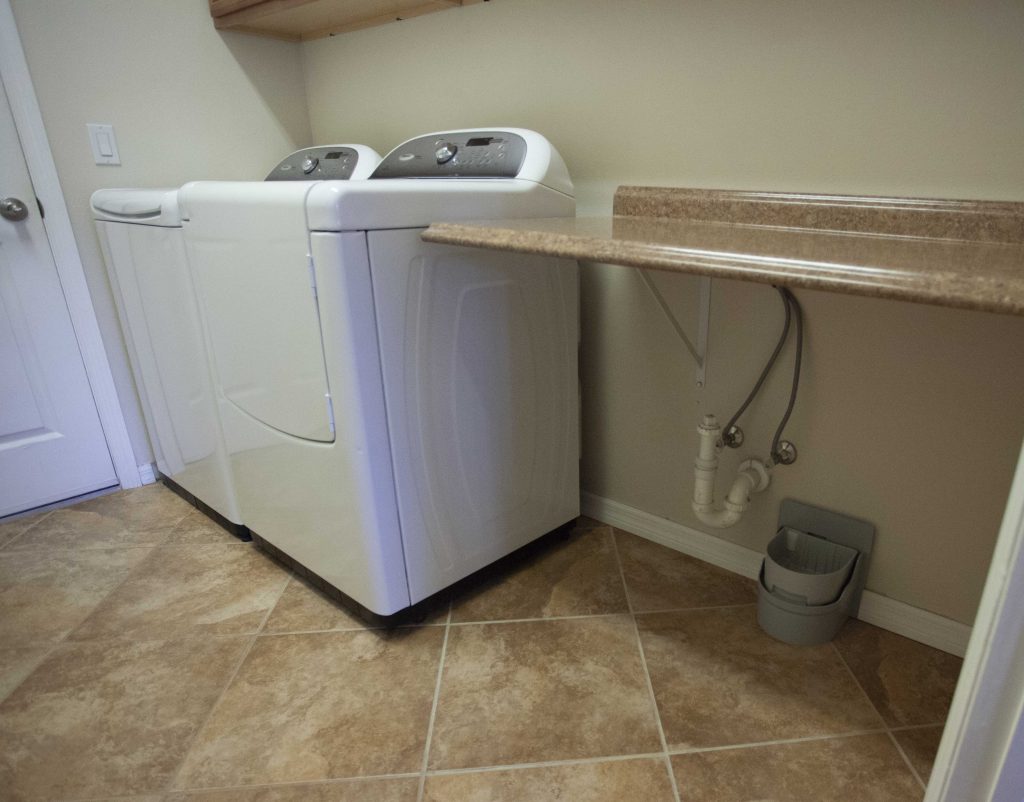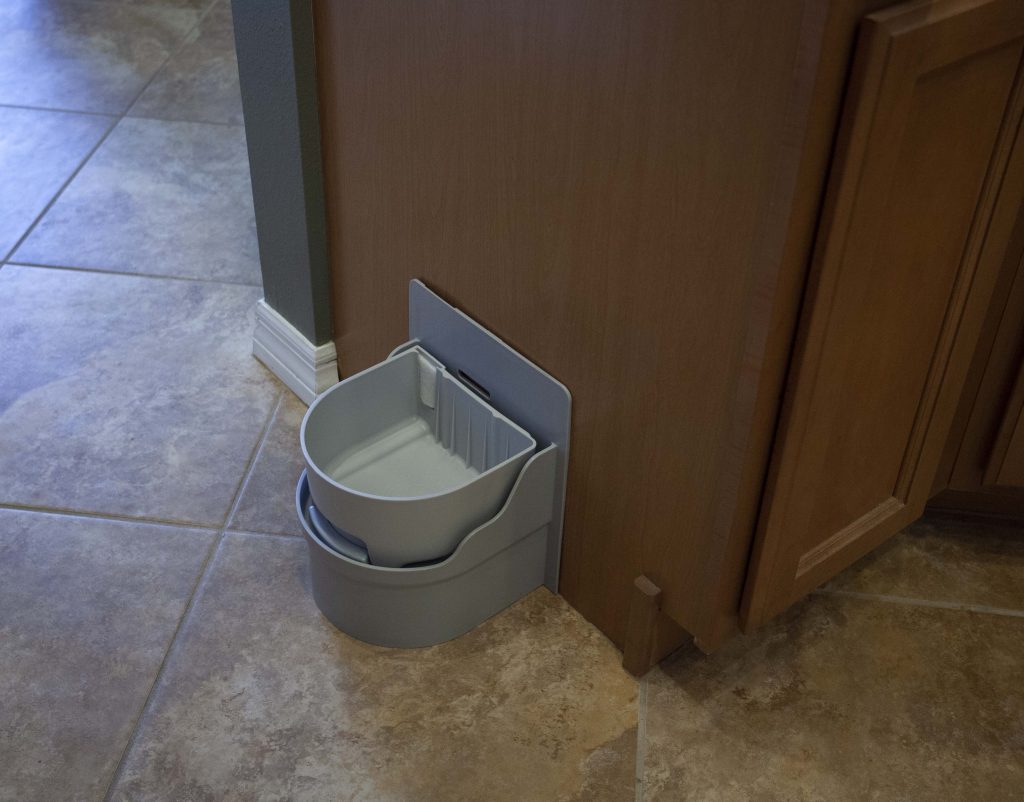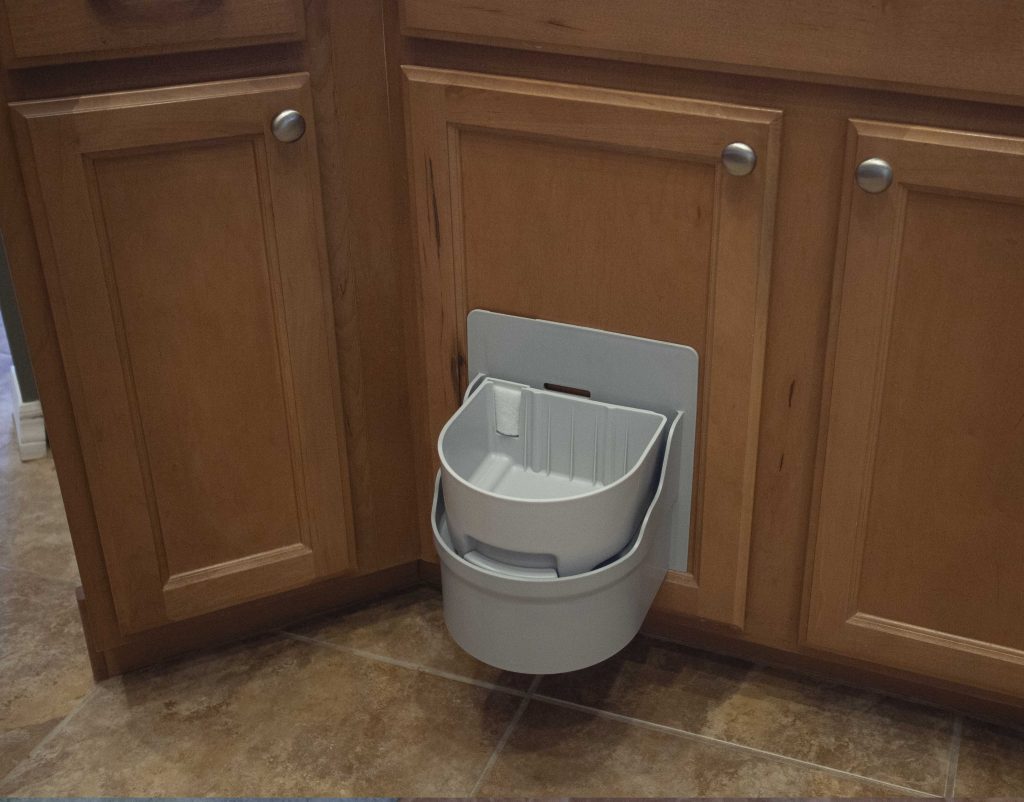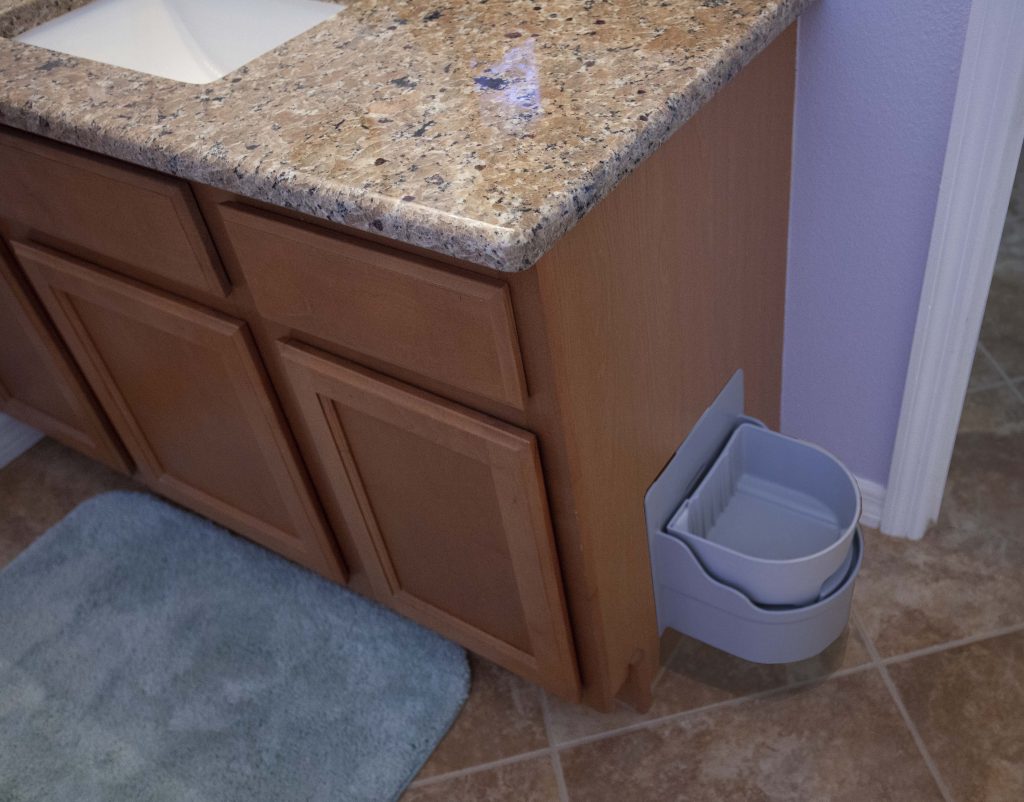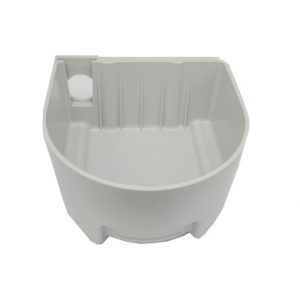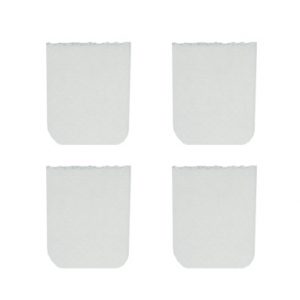Things You Could Be Doing That Shorten Your Dog’s Life
As a pet parent, you probably take comfort in knowing that you do your best to help your dog have a happy life. You give your pet the best food you can, give him as much exercise as you have time for and lots of love.
It’s important to remember, however, that you need to do more than just the basics when it comes to taking good care of your pup. Often, your busy lifestyle can get in the way of some of the simple, but useful things that you could do to help your dog live a long life.
Thankfully, it’s never too late. You can always decide to put in a little extra care into making sure that your dog is healthy. Here are the mistakes to avoid.
You forget to socialize your dog.
When dogs do not have opportunities to meet other dogs and socialize, they often experience depression, anxiety, and fear. Some poorly socialized dogs even tend to develop dermatological problems. It’s essential to take the time out of your day to take your dog to puppy meet-ups and puppy play dates, and to let your dog meet and greet other dogs on the street when you go out on walks.
You let your dog out on his own.
Letting your dog out by himself without you keeping a careful watch, or keeping him on a leash, isn’t safe. From larger dogs and coyotes to cars and ill-intentioned people, there are all kinds of dangers that lurk out there. It’s important to make sure that your pet never ventures outside on his own.
You do not give your dog enough fresh water.
Water is essential, and it’s necessary for processes like the circulation of blood, digestion, and removal of waste. Being dehydrated will have an overall negative effect on your dogs’ health longterm. Adding an automatic water bowl like the Perpetual Well to home will ensure your dog is well hydrated.
You throw your dog scraps from the table.
You probably know that you need to be careful not to let your dog eat anything with chocolate or garlic. These ingredients are toxic to dogs. You also need to make sure that your dog gets no scraps from your table, at all, however. Human foods tend to be high enough in fat and sugar content to be dangerous to canine health. If your dog likes to hang around the dinner table hoping for scraps, give him a bowl of dog food to eat in another room, free from the temptations of the table.
You give your dog too much exercise.
While all dogs need exercise, the amount of activity that’s appropriate varies from one breed to another. Short-nosed dogs such as bulldogs, boxers, and Pekingese tend not to breathe very easily. You shouldn’t exercise them when it’s hot, or when you notice that they seem to be lethargic or to pant too hard.
You allow your dog to breathe secondhand smoke.
Secondhand smoke isn’t just bad for humans; it’s bad for dogs, as well. A dog that is exposed to secondhand smoke all day can develop respiratory problems or even cancer. For your dog’s sake, make sure that you don’t smoke indoors.
You’re careless about taking care of your dog’s teeth.
According to the American Humane Society, eight out of ten dogs experience gum disease at some point. It develops when food residue forms plaque along the gum line. Just as with humans, harmful oral bacteria can cause kidney infections and heart valve disease.
Taking care of your dog’s gums takes a little work. You need to buy a finger-mounted dog toothbrush, and brush your dog’s teeth at least once a day. You can also look into getting additives that you can put in your dog’s water to help his dental health, and buy chew toys that help with plaque buildup.
You would be heartbroken if anything were to go wrong for your dog. Luckily, it doesn’t take too much care to ensure that your dog stays healthy. A few good practices are all you need to learn.


